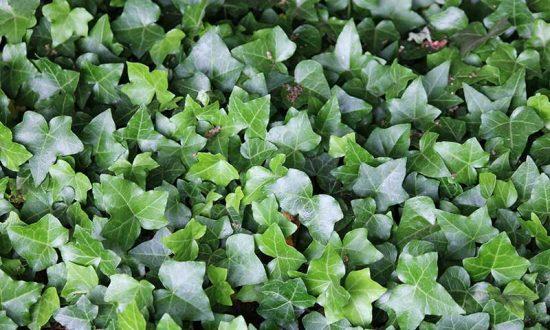How and why you should control ivy
Ivy regularly divides opinions among gardeners. Some see it as a valued plant that they look after and maintain while others see it as nothing more than a troublesome weed.
Does ivy really impact trees?
Ivy is often seen as a plant that destroys the trees in which it grows on, however, when growing solely on the tree trunk it actually is not doing any harm. Ivy is not a parasitic plant like mistletoe and does not attack a trees bark or roots. Ivy also has its own root system below ground which supplies it with the water and nutrients it needs but it is unlikely to be competitive with the tree it is growing on. In addition, ivy is more likely to grow on established/mature trees where, unlike if it was growing on a young tree, a little competition can be tolerated especially where it provides habitat for birds and insects.
On the flip side, ivy can be a problem for old or damaged trees. Firstly, the photosynthesis process of trees largely happens through their leaves. If the ivy plant climbs up through the canopy of the tree it can block many of its leaves from the vital sunlight for photosynthesis. Alongside this the top=heavy growth acts as a sail in high winds causing root-rock, killing the root system leading to premature death.
For many gardeners who have grown trees with attractive barks such as birch, they will want to remove the ivy so that it does not hide an attractive feature.
Home methods of killing ivy
Across the internet there are many different home remedies to create that say that they will kill ivy. Many of these are concoctions of vinegar, table salt and washing up liquids. Vinegar is seen as a contact herbicide, this means that it will kill the area that has been sprayed, however, it will not spread all the way down to the root meaning that many weeds will just regrow again. Importantly, unlike UK pesticides, these ‘remedies’ are not tested or approved by scientific bodies and could cause significant short and long-term damage to the surrounding environment. Using the right professional product will ensure the plant is treated properly and will kill down to the root and reducing regrowth…the right product can also be used as a stump treatment when cutting into the woody stem.
What are the best ways of killing ivy?
There are various ways that can be used to kill ivy. Using knapsack sprayers/weed wipers to apply glyphosate weed killers is an effective way of controlling ivy and one of the simpler options. Because ivy has a shiny, waxy leaf it really important to remember about the addition of an adjuvant which helps stick the pesticide onto the leaf, ensuring a proper result. After treating ivy via this method you should monitor and retreat the site where necessary – thick or deep-rooted ivy may require several re-treatments. Alternatively cut stump treatment can be used. To find out more information on these processes, check out our How to Control Ivy by problem page.





